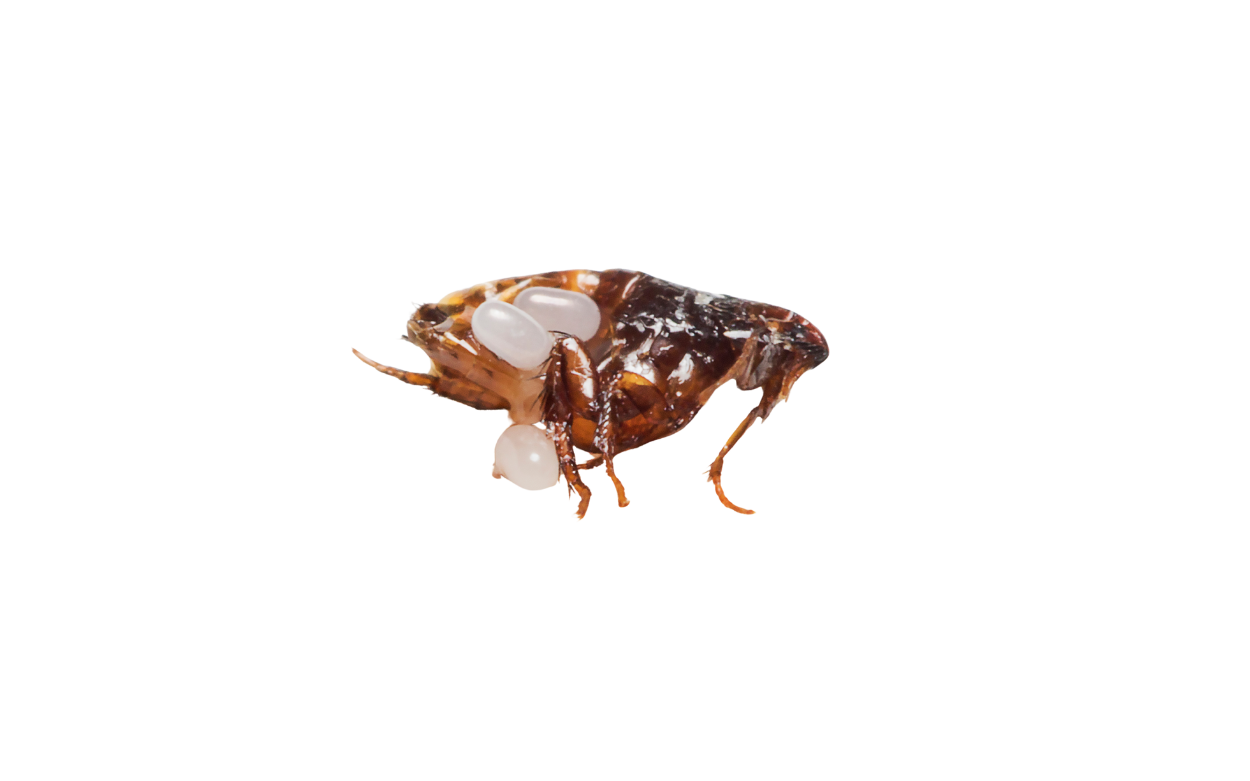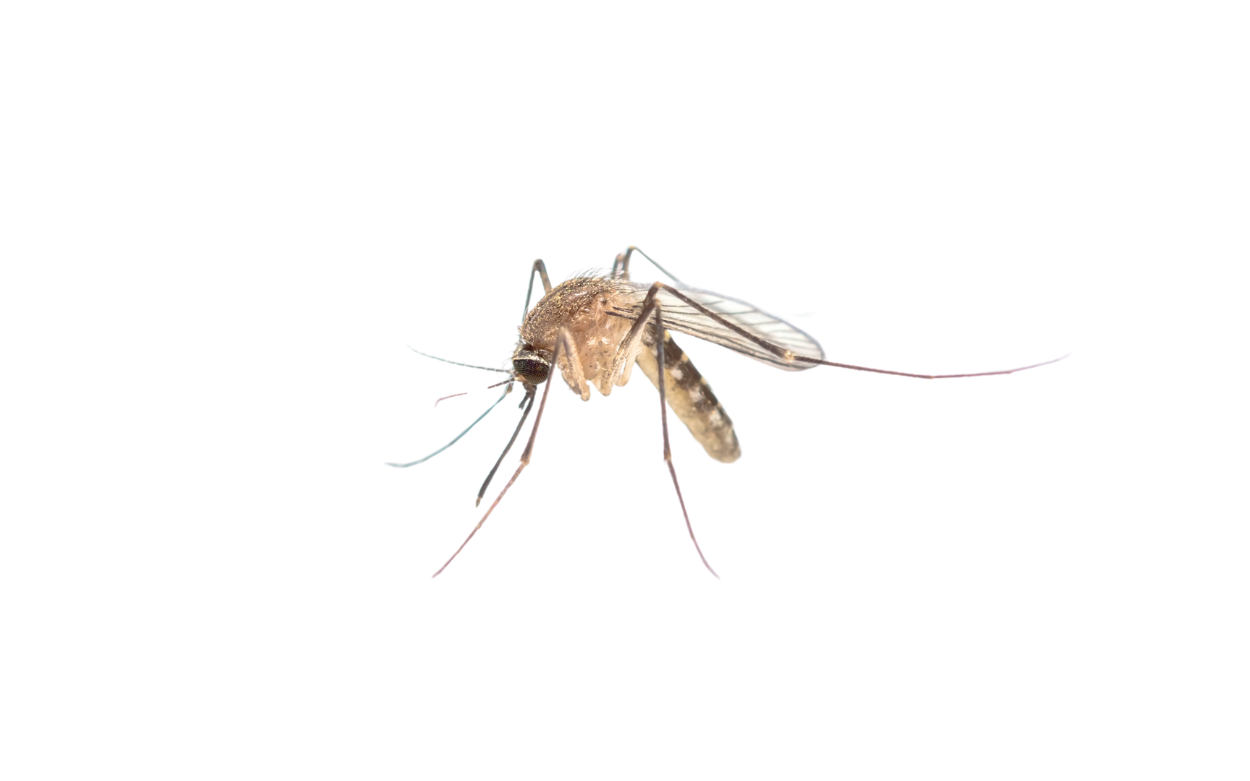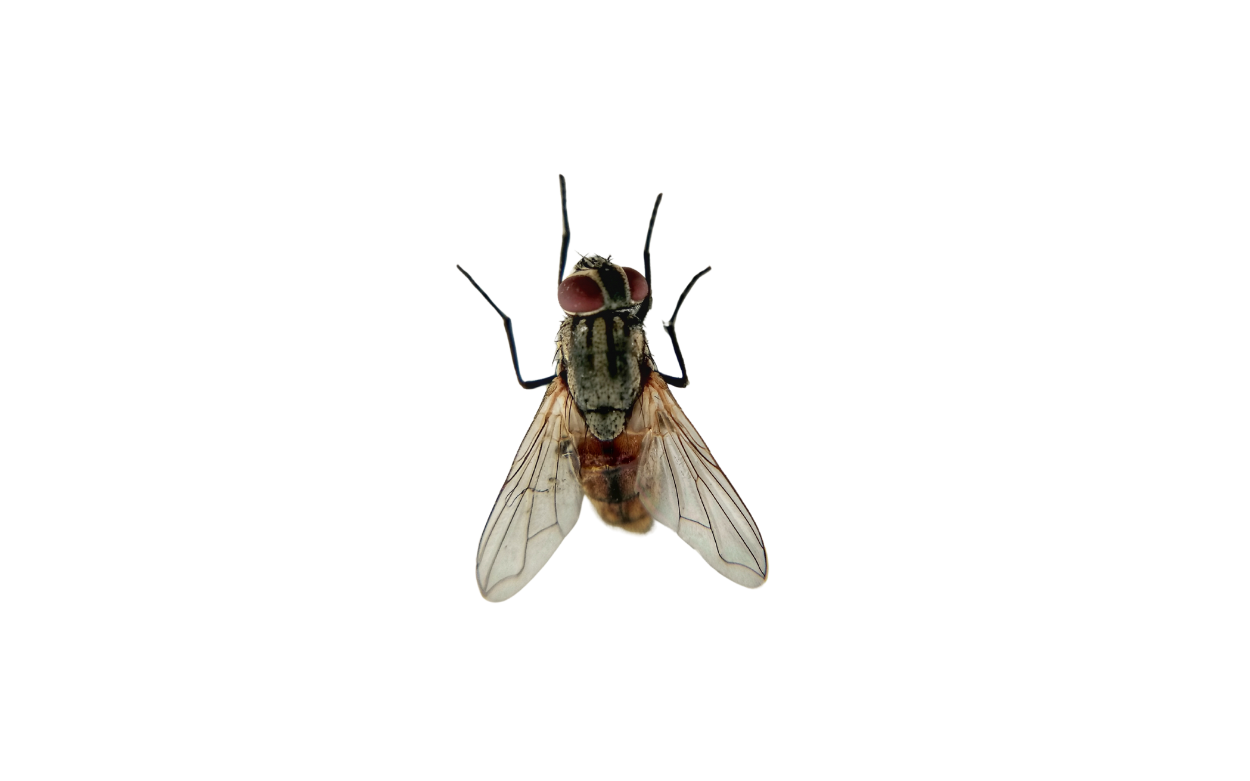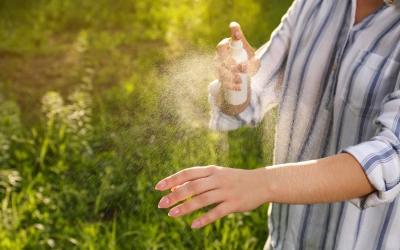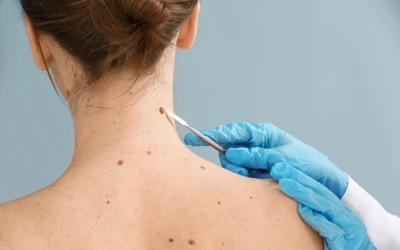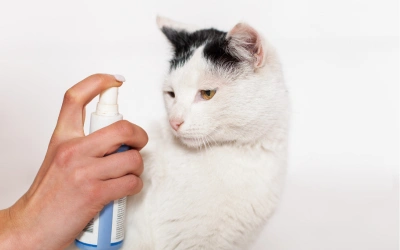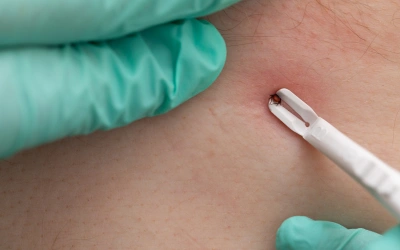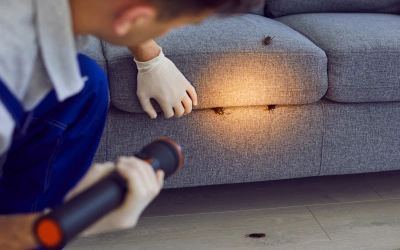How to Identify Tick Infestations?
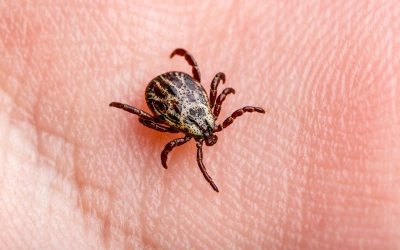
Identifying Tick Bites on Your Skin
Learn how to spot tick bites, which can cause itching, swelling, or redness. Some ticks also transmit diseases, so it's important to examine bites carefully.
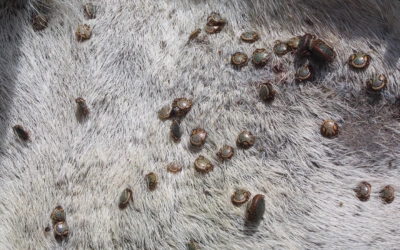
Finding Tick Nests and Habitats
Ticks thrive in wooded areas or tall grass. Look for tick nests in these locations, which may be a sign that ticks are residing nearby.
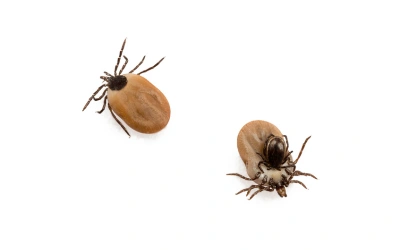
Inspecting Pets for Ticks
Ticks often attach to pets. If you notice your pet scratching or biting at itself more than usual, check for ticks attached to their fur and skin.
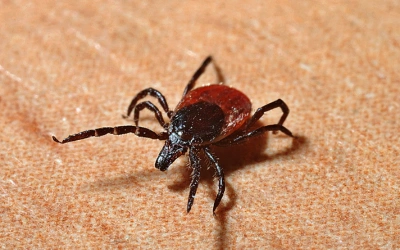
Symptoms of Tick-Borne Diseases
Pay attention to symptoms like fever, fatigue, or rash after a tick bite. These could indicate tick-borne diseases like Lyme disease or Rocky Mountain spotted fever.
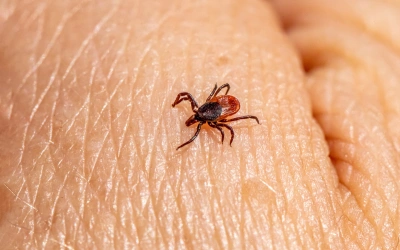
Signs of Tick Tracks on Skin
If you find small, red bite marks or marks that resemble puncture wounds, it could be the result of ticks attaching to your skin while feeding.
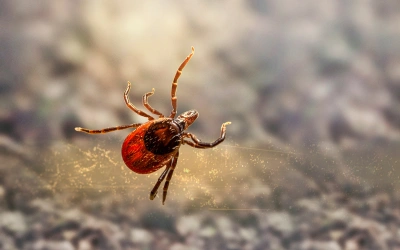
Unusual Tick Activity During the Season
In certain seasons, such as spring or summer, you may notice an increase in tick activity, especially in outdoor areas like gardens, forests, or grassy fields.
